If you’ve ever admired the charm of Spanish villas or the allure of Mediterranean estates, chances are you’ve been captivated by the timeless elegance of stucco. But have you ever wondered how this remarkable exterior finish works its magic?
In this blog post, we delve into the enchanting realm of stucco, demystifying its secrets and shedding light on the process behind its creation. From the traditional techniques that have stood the test of time to modern applications that marry artistry with innovation, we invite you to discover stucco’s wonders and how it can transform your home.
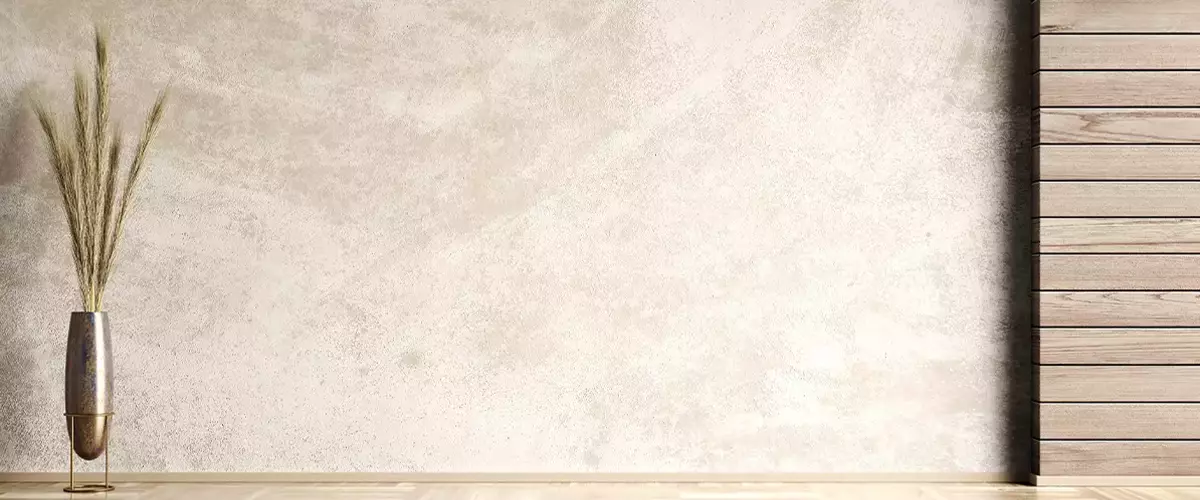
Key Takeaways
- Stucco offers numerous benefits, including durability, weather resistance, fire resistance, thermal insulation, energy savings, easy cleaning, texture options, and color versatility.
- Potential drawbacks include cracking, fading, and moisture-related issues, but these can be mitigated with proper preventive measures and maintenance.
- Stucco is composed of cement, sand, lime, and water, which work together to create a strong and durable finish.
- The application process typically involves a three-coat system: scratch coat, brown coat, and finish coat. However, modern techniques like one-coat stucco and the use of additives and reinforcements have become popular alternatives.
Benefits of Stucco
This finishing material offers several functional and aesthetic benefits, making it an attractive choice for homeowners.
- Durability
Stucco is known for its exceptional durability, often outlasting other exterior finishes. It can withstand harsh weather conditions, including wind, rain, and sun exposure, without deteriorating quickly. This longevity contributes to long-term cost savings and reduces the need for frequent repairs or replacements.
- Weather Resistance
Stucco acts as a protective barrier for your home’s exterior walls. Its composition and application process creates a solid surface that effectively shields the underlying structure from moisture penetration, preventing water damage, rot, and mold growth. Additionally, is resistant to temperature fluctuations, ensuring it remains stable and intact even in extreme weather conditions.
- Fire Resistance
- Thermal Insulation
Stucco has excellent thermal properties that help regulate indoor temperatures. It acts as a barrier, reducing heat transfer between the interior and exterior of your home. During hot summers, it keeps your home cooler by preventing excessive heat from entering. In colder months, it helps retain warmth, reducing the reliance on heating systems.
- Energy Saving
- Easy Cleaning
Stucco surfaces can be easily cleaned by using mild detergents and a soft brush or cloth. Routine cleaning helps maintain its appearance and prevents the buildup of dirt, stains, or pollutants.
- Texture
Stucco can be applied in various textures, allowing you to achieve your desired aesthetic. Whether you prefer a smooth, sand finish, a textured pattern, or even a decorative design, can be tailored to complement your home’s architectural style and personal taste.
- Color Options
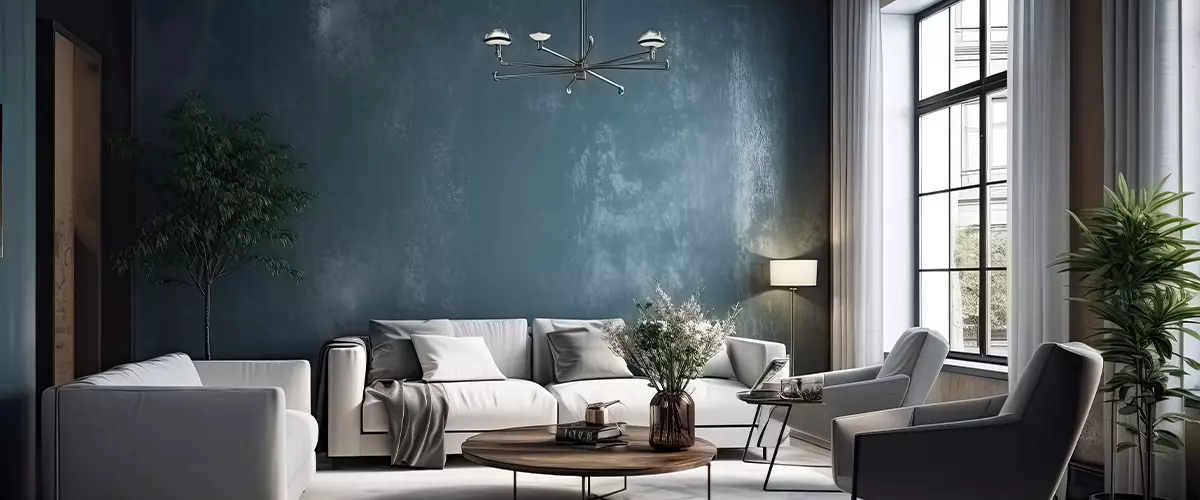
Here at Bernardo’s Painting, we offer professional and reliable exterior painting for homeowners in Mililani, Waipahu, Honolulu, and the Island of O‘ahu, Hawaii. We take everything into consideration, including the weather here, your needs, and your preferences!
Potential Drawbacks
While this siding offers numerous benefits, it’s important to be aware of potential challenges that can arise.
- Cracking
- Fading
- Moisture-Related Issues
In certain climates or if not properly installed, stucco can be susceptible to moisture-related problems such as efflorescence (white powdery residue), water seepage, or moisture buildup behind the layers. These issues can lead to mold growth, decay, or damage to the underlying structure.
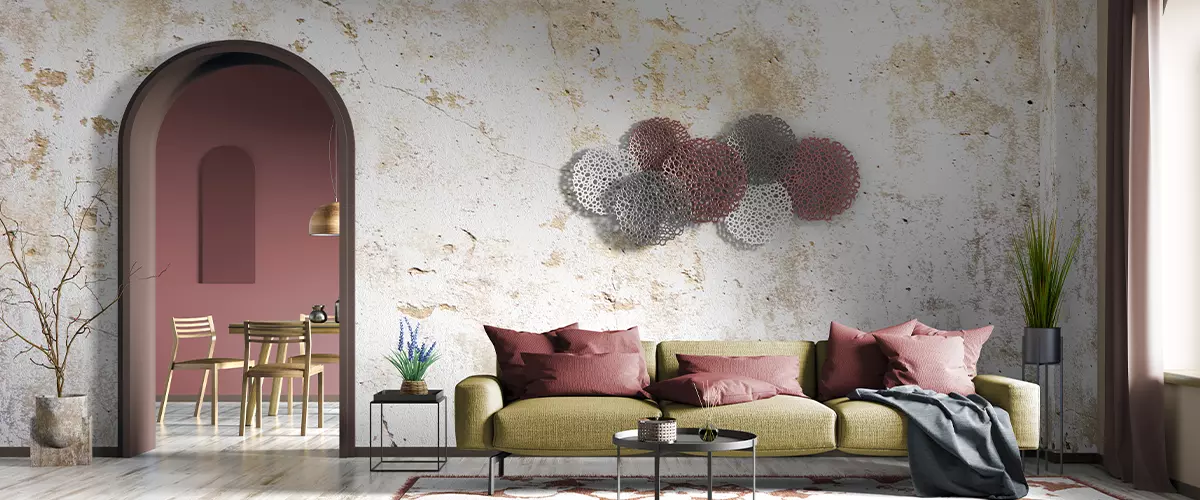
Preventive Measures and Maintenance Practices
Proper Installation
Hiring skilled and experienced contractors is crucial to ensure proper installation techniques and material application. Professional installation helps minimize the risk of issues such as cracking or moisture intrusion.
Regular Inspections
Conduct routine inspections of your stucco finish to identify any signs of cracking, fading, or moisture-related concerns. Addressing these issues early can prevent further damage and costly repairs.
Repairs and Maintenance
Promptly repair any visible cracks or areas of concern using appropriate patching materials. Regularly clean the surface to remove dirt and debris, and consider applying a protective sealant or paint to enhance its longevity and appearance.
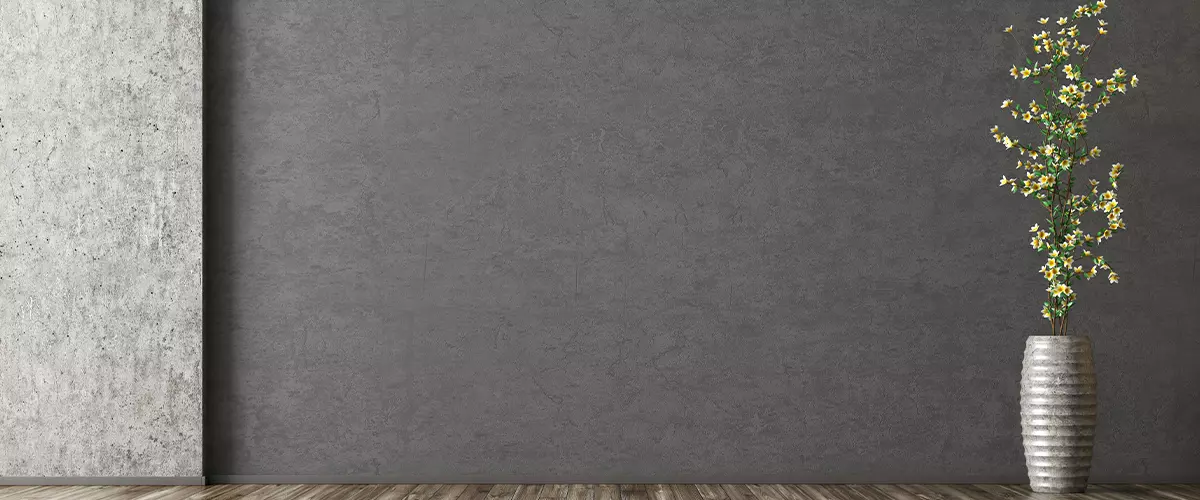
Composition, Application, Optimal Finish
Stucco comprises a few key ingredients: cement, sand, and lime. These materials work together to create a strong and durable exterior finish for your home.
- Cement: Portland cement is commonly used in stucco due to its binding properties. It acts as the primary binder, holding the mixture together and providing structural integrity.
- Sand: The sand used in stucco serves multiple purposes. It adds volume to the mixture, reduces shrinkage, and improves workability. The type and gradation of sand used can affect its texture and appearance.
- Lime: Lime is another essential component of stucco. It enhances workability, improves the bond between the layers, and contributes to the overall durability of the finish. Lime also helps control the curing process by allowing moisture to escape gradually.
Water is crucial in the stucco mixture and the subsequent curing process. When water is added to the mixture, it triggers a chemical reaction called hydration. This process causes the cement to harden and bind the other ingredients together.
- Mixing the Stucco: Water is carefully added during the mixing process to achieve the desired consistency. It’s important to strike a balance, as too much water can weaken the mixture, while too little water can make it difficult to work with.
- Curing: Once the stucco is applied to the exterior surface, it begins to cure. Curing is the process of hardening and reaching its full strength. It’s important to note that curing is different from drying, as stucco requires moisture to cure properly.
A three-coat system is typically employed to achieve a durable and aesthetically pleasing finish. This system consists of a scratch, brown, and finish coat.
- Scratch Coat: The scratch coat is the first layer applied directly to the prepared exterior surface, such as a block wall or metal lath. It acts as the base coat and provides a rough surface for the subsequent layers to adhere to. The scratch coat consists of the stucco mixture applied with a trowel and then scratched with a tool to create texture and promote better adhesion.
- Brown Coat: Once the scratch coat has cured sufficiently, the brown coat is applied. This layer is thicker than the scratch coat and helps to level the surface, provide additional strength, and improve the overall appearance. The brown coat is typically leveled using trowels and darbies.
- Finish Coat: The final layer is the finish coat, which gives the stucco its desired texture, color, and visual appeal. This coat can be customized to match your preferences and architectural style, ranging from a smooth, sand finish to a textured or decorative finish. Skilled craftsmen use tools like trowels and brushes to achieve the desired texture and finish.
Traditional Stucco Application
Traditional stucco has a rich history and is widely used in various architectural styles, particularly in Spanish and Mediterranean designs. Understanding the application process can help you appreciate the craftsmanship involved in achieving a beautiful and enduring finish.
Before applying it, the surface needs to be adequately prepared. This involves cleaning the substrate and ensuring it is structurally sound. A layer of waterproof building paper is often applied for block walls to provide an additional moisture barrier.
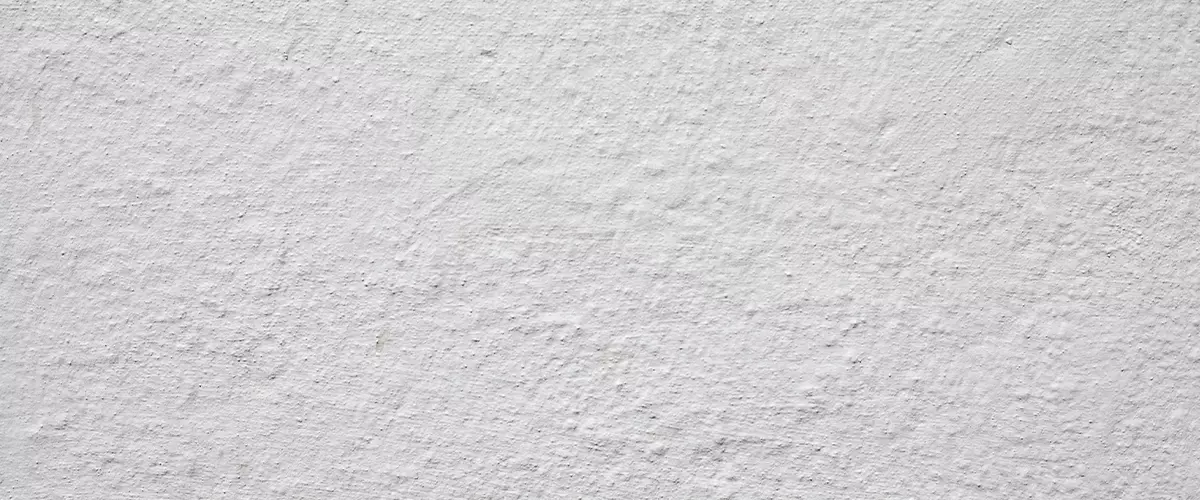
Modern Stucco Application
An alternative to the traditional three-coat system is the use of a one-coat. This technique combines the scratch, brown, and finish coats into a single layer, saving time and labor. However, it requires precise mixing and application to ensure adequate strength and durability.
Modern techniques often incorporate additives such as acrylics to improve stucco performance. These additives enhance the stucco’s ability to withstand shifting and cracking while maintaining its durability over time.
Fiberglass mesh or expanded metal lath is often embedded within the base coat to reinforce the stucco. This provides additional strength and helps prevent cracking.
Special Considerations for Block Walls and House Siding
Stucco is commonly applied to block walls, providing a durable and aesthetically pleasing finish. The application process for block walls typically involves preparing the surface with a bonding adhesive and applying the scratch, brown, and finish coats as described earlier.
Stucco is also a popular choice for house siding, offering durability and a distinct appearance. When applying it to house siding, it is essential to ensure proper surface preparation, including using waterproof building paper and potentially rigid foam board for insulation.
Transform your property with Hawaii’s top exterior painting service. Request a free quote or call us at (808) 384 0864 for a vibrant and long-lasting makeover.
